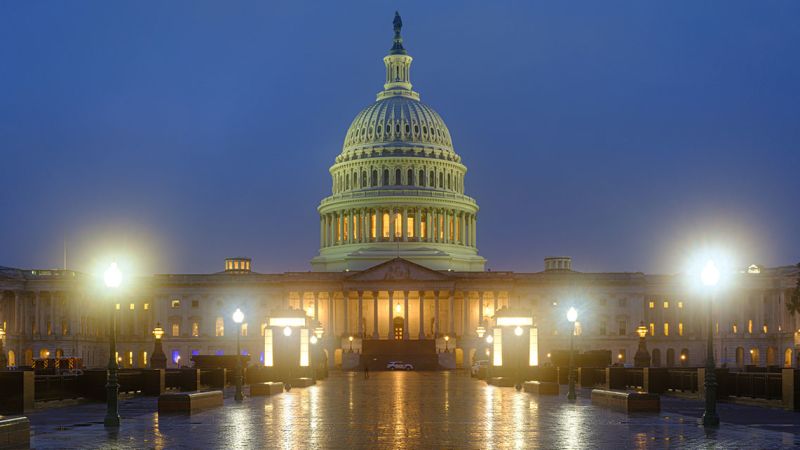The 2026 midterm elections present a significant opportunity for the Democratic Party, as historical patterns suggest the opposition party often gains seats during this election cycle. Midterms typically favor the party not in the White House, a trend observed since the Civil War, with only four exceptions. This cycle, the Democrats may benefit from President Donald Trump‘s low approval ratings, which Gallup recently reported as the lowest for any president at the start of their second term since John F. Kennedy.
Despite these favorable conditions, there are concerns that Democrats could squander this opportunity due to their current brand perception. A recent Wall Street Journal poll revealed that 63% of registered voters hold an unfavorable view of the Democratic Party, marking the lowest approval ratings for Democrats in over three decades. This follows similar findings from Quinnipiac University and CNN, which noted that dissatisfaction with the party is at a historic high.
Voter sentiments are mixed, and while many Democrats may believe these unfavorable ratings will not significantly impact the midterm elections, the data suggests a different narrative. Historically, midterms serve as a referendum on the sitting president, and while many voters express discontent with Democrats, they might still lean towards rejecting Trumpism.
The Wall Street Journal poll indicates that Democrats are trailing Republicans on key issues. When asked which party is better suited to handle critical topics, Democrats only led on two issues—healthcare and vaccine policy. Republicans held a substantial lead over Democrats on the economy (39-27%), inflation (38-28%), immigration (45-28%), foreign policy (39-31%), and tariffs (37-30%).
This disconnect between voter sentiment towards Trump and their preference for Republican congressional candidates raises questions about Democrats’ effectiveness in capitalizing on Trump’s challenges. Notably, while voters disapprove of Trump’s handling of the economy by a nine-point margin, they favor congressional Republicans over Democrats on that same issue by a twelve-point margin. This trend continues across several issues, showcasing that voters see Republican representatives as more capable than the current president.
Surveys conducted by Reuters-Ipsos earlier in the year echoed similar findings. Despite Trump’s declining popularity, Americans preferred Republicans over Democrats on numerous issues, including immigration and economic policy. These results highlight a troubling image for Democrats as they approach the 2026 elections.
While Trump’s standing as president will likely remain a pivotal factor in the upcoming elections, the perceived ineffectiveness of Democrats in providing a better alternative could influence the margins significantly. The party must grapple with its brand and find ways to improve voter perceptions if they wish to harness the potential advantages of the current political landscape.
As political analysts G. Elliott Morris and Mary Radcliffe recently noted, the relative images of political parties are often strong indicators of election outcomes. Given Trump’s challenges, Democrats should be examining why their lead in the generic ballot remains narrow, particularly when they should be capitalizing on the current political climate.
